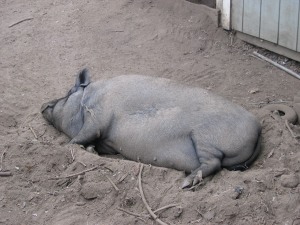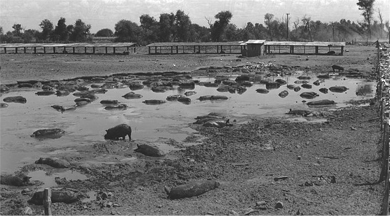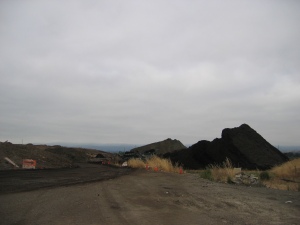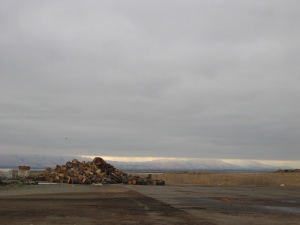We might not like to think about it, but we ourselves are highly recyclable. Under the right circumstances, even teeth and bones will eventually resolve into new forms. Left to our own devices, we will at long last be carried away by critters or become absorbed into the mysterious, inexorable life of slowly heaving rock. Except for fillings and crowns, pacemakers, artificial knees, and other late-arriving hardware, nothing much remains.
To me, that sounds like absolution. Composting may not be a pretty process, but it’s the closest thing to the magic of “poof” that nature delivers. I bow to the light within that.
Nevertheless, a whole industry in the US takes the opposite view. A quiet army of morticians routinely embalm the broken bodies that arrive on their doorstep, pumping them full of chemicals that divert the dead from the cycle of life, transforming the remains into an environmental hazard. The only benefit achieved by the process is to sanitize the open-casket obsequies that appear to be nearly obligatory in the United States.
Of course there are alternatives. Cremation is better, though it too is associated with environmental burdens. (The ovens contribute greenhouse gases to the atmosphere, and our non-organic hardware may be transformed into toxic fumes.) A green burial is the low-tech best, if you’re lucky enough to have a green cemetery nearby, easily determined with reference to the Natural End map. It turns out I can avail myself of a funeral home in Colma and repair to Mill Valley, California, where I can receive a natural chemical-free burial, involving a biodegradable casket or shroud and GPS coordinates to mark the spot. As Fernwood points out, I get “to be part of a land restoration project” in a whole new way.
But there’s a third high-tech recycling option, for those who lack the patience to do it the old-fashioned way: alkaline hydrolysis, a process by which the body is broken down to constituents in just about three hours. The Wikipedia article on resomation—the name by which the process is being marketed—specifies that what’s left at the end is “a small quantity of green-brown tinted liquid (containing amino acids, peptides, sugars and salts) and soft, porous white bone remains (calcium phosphate) easily crushed in the hand (although a cremulator is more commonly used) to form a white-coloured dust.” The liquid can be used to water the lawn, the dust is returned to the survivors.
And the New York Times pointed out that the industrial hardware—replacement parts, augmentations, and other devices—is delivered up clean and pristine and ready for another go-round. Perhaps Goodwill can handle the trade.




